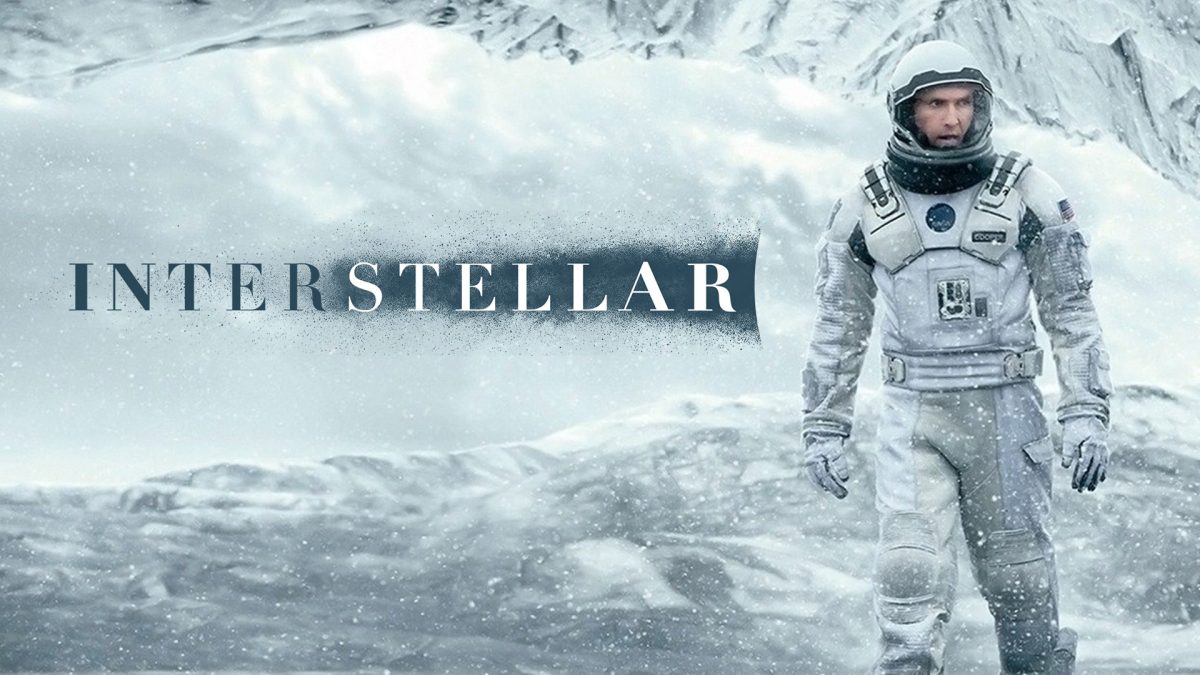In a near future, the desolate Earth begs its inhabitants to leave. Stricken by blight—an all-consuming crop disease — the world in Christopher and Jonathan Nolan’s Interstellar is one of famine, death, and a bleak future for humanity.
However, there is still one hope for everyone stranded on their rapidly deteriorating planet: a wormhole on the outskirts of Saturn with several potentially habitable planets on the other side.
Interstellar follows Joseph Cooper, an ex-NASA pilot who was forced to turn to farming once his job was deemed no longer needed by society. Determined to put food on the table for himself and his family, Cooper works tirelessly to maintain his livelihood.
A quiet, simple existence was almost guaranteed, but fate had a different plan in mind. Their simple living is thrown into disarray when Cooper and his 10-year-old daughter, Murph, discover a gravitational anomaly that leads them to a secret NASA facility.
Following this discovery, Cooper is recruited on a years-long mission to enter the wormhole far beyond Earth’s atmosphere and scout for a new home for humanity.
Obligated to leave his teenage son, Tom, and young daughter, Murph, behind, Joseph Cooper is boarded onto a rocket to dock at the adequately named Endurance Station and be cast out into space alongside a crew of equally doomed scientists. Throughout their journey, countless mistakes occur, and at times, the crew’s actions seem entirely in vain. But there is a light at the end of the tunnel for these brave adventurers.
Guided by a supernatural entity referred to as “them,” space-time and gravity distort at times, enabling these travelers and humanity as a whole to persist onwards.
Through plot twists and turns, Interstellar had me completely dialed in. It gripped my attention with its intense, slow-burn pacing and excellently styled dialogue, something a lot of films fail to do. Time tends to slip for me when watching a good film, and Interstellar always flies by my perception of the clock.
Jonathan Nolan’s original script for Interstellar is a deeply moving and well-written piece of writing on its own. Most scenes and speech flow phenomenally and feel as if precise attention to detail was applied to every single part. It’s under-appreciated how mindful and well-thought-out dialogue can completely transform a character or scene into a work of art.
Having a solid foundation of good storytelling is integral to an excellent piece of work, is a fact many films and television programs fail to realize, but not Interstellar. It stays aware of this fact and uses its other forms of expression to only heighten the story, not diminish it.
Regarding expression, Interstellar was directed by Christopher Nolan, a director famed for his impressive cinematography and mastery of visual arts. Thanks to him and his brother’s already excellent script, Christopher had a solid foundation to build Interstellar off of. With music composed by the one and only Hans Zimmer, an imaginative ambiance is created surrounding the entire film.
Collaborating with Nobel Laureate and physicist Kip Thorne, Christopher and Joseph Nolan were able to ensure the scientific accuracy of Interstellar was as true-to-life as it could possibly be. The underlying science behind the film gives the movie a sense of realism and plausibility, which only heightens the intense stakes and emotions presented within.
“The movie being grounded in real science makes it feel more powerful and believable,” Sophmore Olivia Villa said regarding the film.
Interstellar is currently part of the curriculum for Lakeland Senior High School’s Movies as Literature elective, exposing this film and its unique quirks to a wide audience of film-appreciating teens.
Through all of these different elements, Christopher Nolan shines his brightest through his professional and creative cinematographic decisions. Each shot in the film is exceptionally framed to capture not only the actors and their dialogue but their environments and subtle expressions as well. Using a wide array of lenses and innovative angling, Interstellar has a unique tone and feel to its visuals.
The space objects and sets feel massive thanks to Christopher’s executive decision to design many large-scale scenes with impressive miniatures filmed to appear huge. Some objects, however, like the unimaginably large black hole the crew passes by, are made with CGI, expertly reviewed to make sure they’re as lifelike and scientific as possible.
The continuity between scenes and stages stays consistent, displaying a degree of worldbuilding that left me begging for a sequel. That is, if Hollywood could actually make a decent sequel once in a while.
Interstellar defines the genre of modern sci-fi, setting a very high standard as to what we, as the audience, should come to expect from large-budget blockbusters set in space. Christopher Nolan was not afraid to use his entire toolbelt of modern cinematic tools to create an immersive and enjoyable viewing experience and thus produced one of the greatest films of our time, in my opinion. More directors should follow in similar footsteps, starting with a very strong story and building on it with the most ambitious direction the medium allows.
